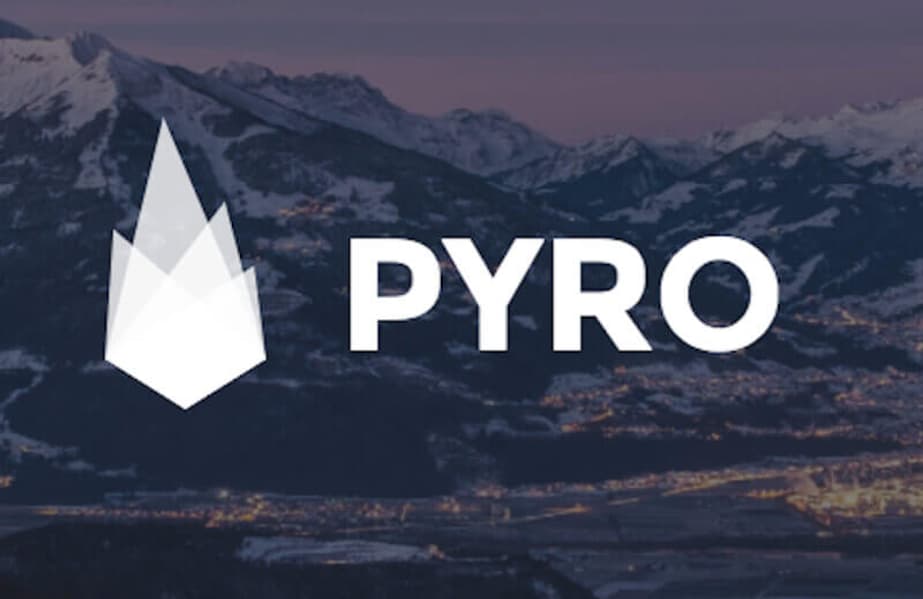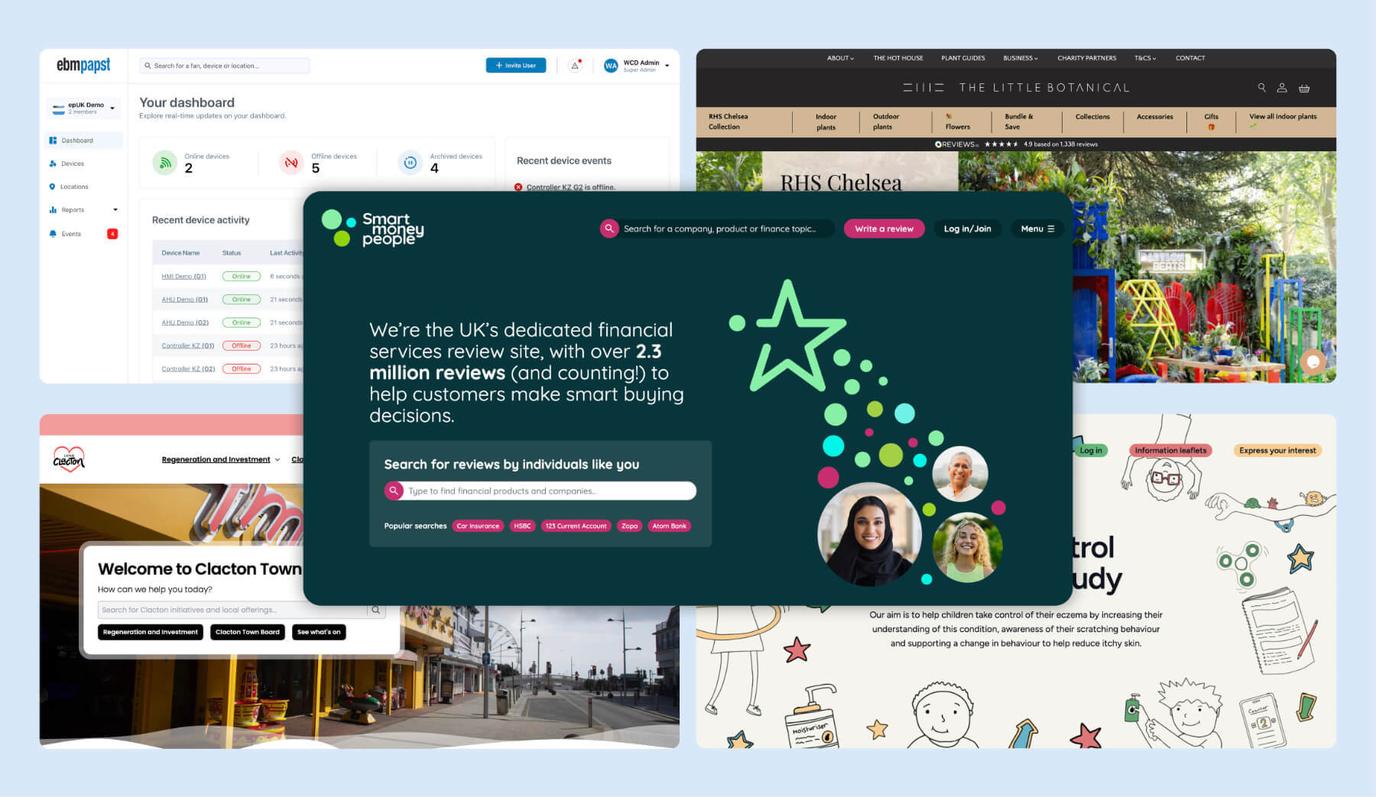
We regularly have clients come to us asking for a site to be designed and developed without any knowledge of the different Content Management Systems (CMS) and how they differ. Some may know of WordPress, but not that there are alternatives out there or that this is even a CMS. We regularly advise clients on which CMS is best for them, so wanted to set out our thoughts in a new blog series. In this first post, we take a look at PyroCMS.
Why PyroCMS?
 At We Create Digital we’ve worked with several CMS over the years, all of which have been carefully selected to suit the needs of our clients in specific use cases or maintaining familiarity in the case of overhauling an existing website.
At We Create Digital we’ve worked with several CMS over the years, all of which have been carefully selected to suit the needs of our clients in specific use cases or maintaining familiarity in the case of overhauling an existing website.
Last year we worked with one of our established clients to develop their event-based promotional website and assisted in their choice of CMS, finally settling on PyroCMS. This relatively new free open-source CMS is built on the foundations of the PHP framework, Laravel. The great thing about being free and open source is that it’s always being improved upon and any updates can be quickly and easily accessed.
The interface
On entering the CMS dashboard you’re presented with a clean and modern interface that’s optimised and responsive to all form factors. This makes it super easy to fulfill any task, from developing the content architecture to end-user based tasks like changing page contents and uploading new files and images. Not all CMS make such tasks so easy, quick and intuitive so this is a definite plus for choosing PyroCMS.
Transitioning from other CMS
Anyone familiar with a CMS like WordPress will be familiar with the sidebar layout for navigating round all the main features like managing posts, pages, navigation and custom fields. PyroCMS similarly has this layout making it easier to make the transition for existing WordPress users.
Package management
For our client there were a couple of additional packages required to customise the CMS to their needs. This included the installation of repeater fields so that the client could have grouped sets of editable page components over different pages such as accordions, sliders and galleries. To achieve this, PyroCMS uses a composer file based in the root directory of the project to manage all package dependencies. For us, this makes it simpler and more secure to manage different versions of a package and install or remove as required.
Compiling theme and assets management
Out of the box the PyroCMS setup includes Laravel Mix plus Webpack for compiling assets. Our development team is well versed in managing projects with such setups so this really helped streamline our workflow when building the theme into the PyroCMS setup. The theming we did for the client was quite extensive, so prior to integrating with the CMS we put together a static prototype for local testing. After that it was just a case of copying over and compiling the assets like Sass files, images and Javascript to the folder located inside addons of PyroCMS.
Although we normally develop themes from scratch, the CMS does have pre-developed themes that you can install. The possibilities are pretty much endless in this regard for customising the look and feel for not just the website’s theme but also the CMS interface if you want to.
Final thoughts
We find PyroCMS is the right fit for a range of projects from multinational organisations to small niche businesses looking to find an easy to use a secure alternative to other CMS. It has the right balance of customisable features and is not bloated (without unnecessary/security threatening plugins), allowing us and the client to choose which features to add on as required. It’s a relatively young CMS that’s less talked of but, in our opinion, capable of doing everything you need now, and may need to do in the future.
Try it out for yourself downloading PyroCMS today.





